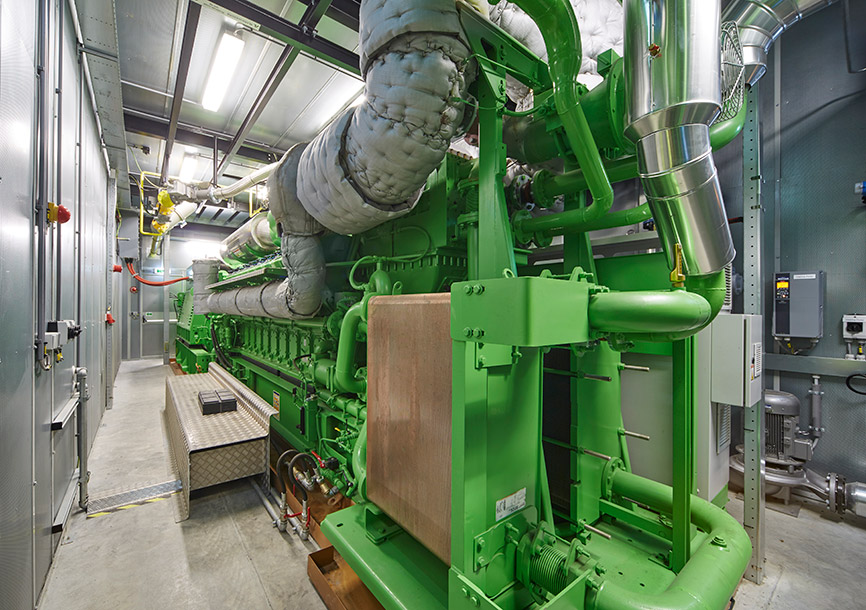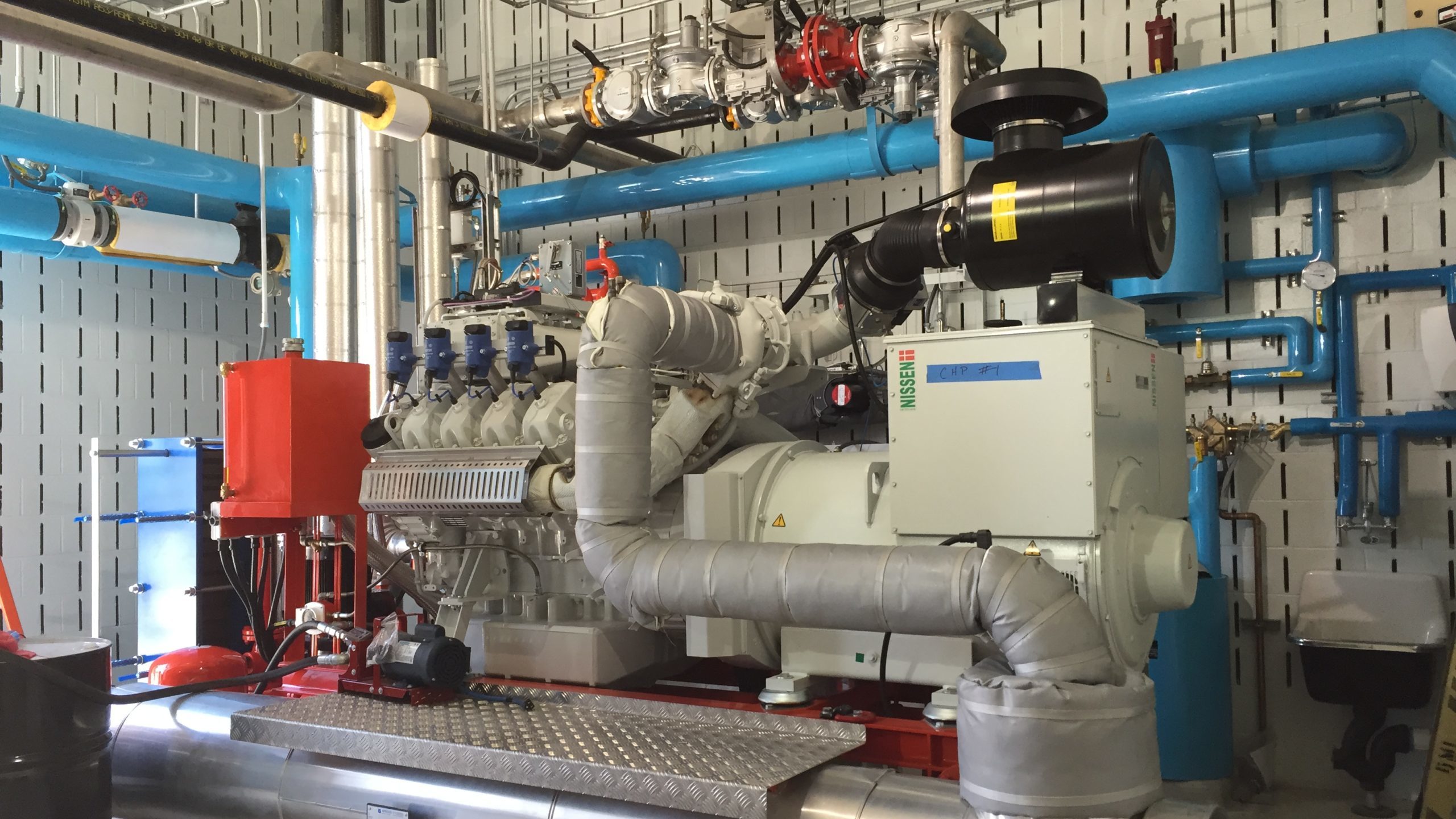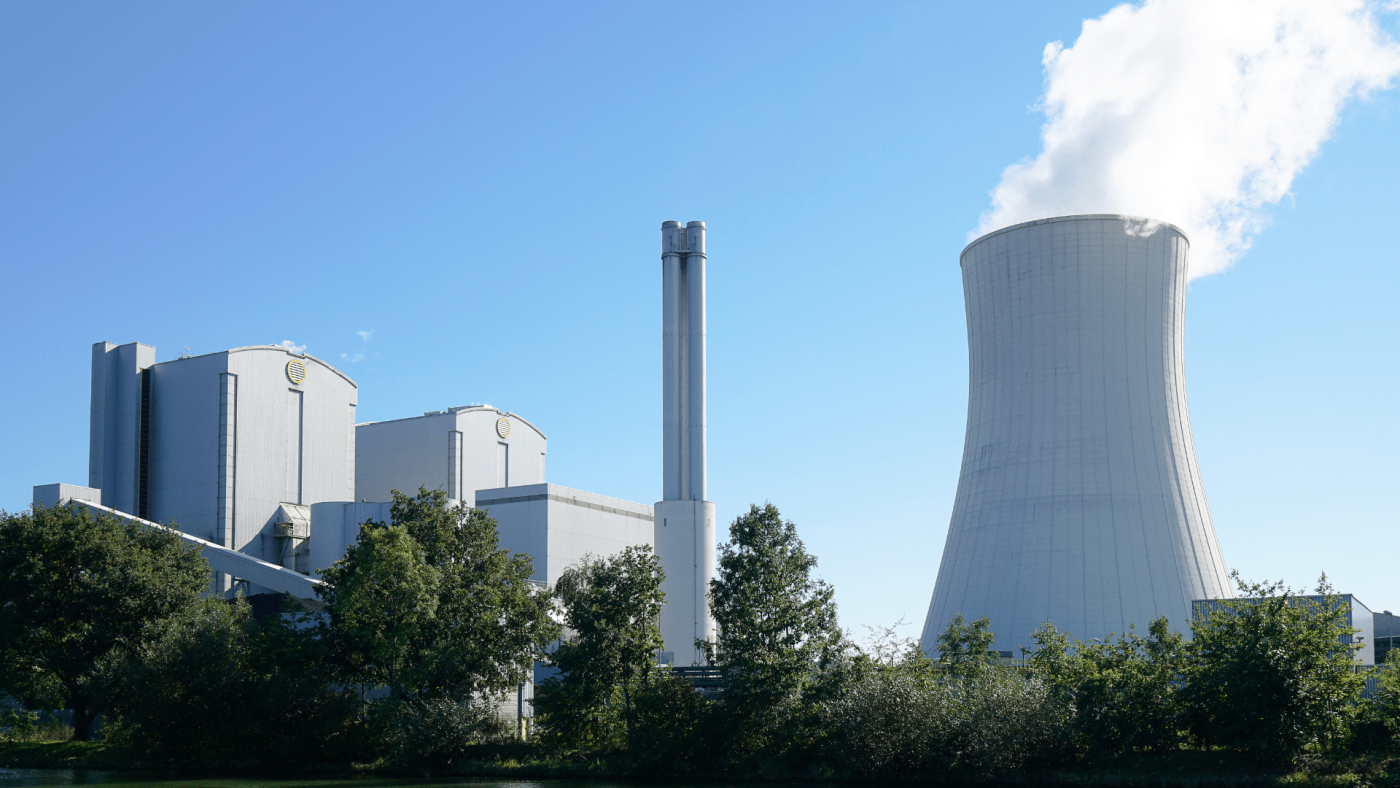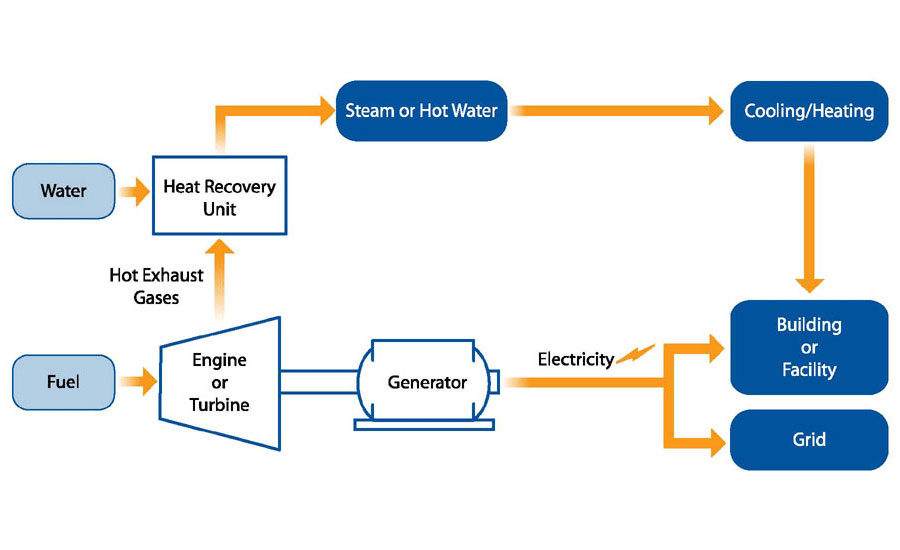
Combined Heat and Power Energy Network
Turbine-based CHP solutions are ideally suited to high-enthalpy heat generation, e.g. when the power-to-heat ratio is lower than 0.8. Our gas turbine-based solutions have a modular design that is easy to maintain and adapt to current and future needs. They are extremely reliable and can reach efficiency levels of up 90% while keeping greenhouse.

Commercial Combined Heat & Power (CHP) Units CambridgeHOK Energy
Plumbing connections are the same - it's just a different heat source. On the electrical side, with the Lochinvar unit, a licensed electrician is needed to run a 480-volt line from the power panel to the control panel and the power unit. "If you need a different voltage, we can transform it, said Olsen.

COMBINED HEAT & POWER (CHP) PROJECT
By Editors of Power Engineering. Wartsila announced it will supply a 28-MW combined heat and power plant to the Meliadine Gold Mine project in Canada for owners Agnico Eagle Mines Ltd. The order.

Combined Heat and Power Panel Driver for Climate Neutrality Eworld Community
Combined Heat and Power. 2018 | South Campus Agri-Foods Discovery Place, Saville Community Sports Centre and Swine Research Facility and the U of A Botanic Garden Pavilion Site. Combined heat and power, also known as cogeneration, uses natural gas to produce steam for electricity and heating. Heat that is typically lost in the power generation.

Combined Heat And Power Global Market Report 2023
Micro combined heat and power technology known as micro CHP or micro Cogen, is on the brink of changing how Canadians power and heat their businesses and homes. Micro CHP technology is based on the same concept as cogeneration, where both heat and electricity are generated using a single fuel. Egenolf.

Combined Heat & Power Technology Low Carbon & Resilient District Energy QUEST Canada
At its 110-acre vegetable greenhouse in Delta, BC, Village Farms is purchasing heat generated from biogas collected at the city of Vancouver's Delta landfill site. The CHP system there was installed by Maxim Power in 2003, and involves a 20-year feed-in tariff contract with BC Hydro.

Combined Heat & Power Improvements Baxter & Woodman
It includes answers to policy makers' questions about the potential economic, energy and environmental benefits of an increased policy commitment to combined heat and power (CHP). It also includes for the first time integrated IEA data on global CHP installations, and analyses the benefits of increased CHP investment in the G8+5 countries. A.

Combined Heat & Power Overview Presentation YouTube
What is CHP? Combined heat and power (CHP), sometimes called cogeneration, is an energy system that produces both electricity and heat from a single fuel source on-site. This means, instead of purchasing both electricity and natural gas or another fuel for heating, a natural gas-based CHP plant uses natural gas for the production of electricity.

Combined Heat & Power BortonLawson Integrating Technology and Engineering
Combined heat and power (CHP) generators are an increasingly popular option for businesses and institutions in Canada looking for cost-effective and energy-efficient solutions for their power and heating needs. CHP generators, also known as cogeneration systems, generate electricity and heat simultaneously, allowing owners to utilize the heat.

Township of Woolwich Combined Heat & Power System Arcadian Projects Inc.
That applies to most in Canada, including MDE, which relies mainly on natural gas-fired combined heat and power plants. This is the heating plant in Charlottetown that feeds the district energy.

Combined Heat and Power Projective
Combined heat and power (CHP), also known as cogeneration, is: The concurrent production of electricity or mechanical power and useful thermal energy (heating and/or cooling) from a single source of energy.. A type of distributed generation, which, unlike central station generation, is located at or near the point of consumption.. A suite of technologies that can use a variety of fuels to.

Read Combined Heat and Power Online by Paul Breeze Books Free 30day Trial Scribd
Combined Heat & Power. Photo of a fireplace. The use of biomass instead of fossil fuels in combined heat and power applications can provide advantages such as reductions in carbon dioxide (CO 2 ), sulphur and mercury emissions, energy cost savings, waste reduction, and local economic development. Integrated energy systems can use waste heat.

Global Combined Heat And Power Market Size, Drivers, Trends, Opportunities And Strategies
Introduction to Combined Heat and Power (CHP) What is CHP? Combined heat and power (CHP), also known as cogeneration, is the simultaneous production of electricity and heat from a single fuel source, such as: natural gas, biomass, biogas, coal, waste heat, or oil. The two most common CHP system configurations are: · Gas turbine or engine with.

The Basics of Combined Heat and Power 20151019 ACHRNEWS ACHR News
Micro Combined Heat & Power (mCHP) is an energy efficient technology that uses natural gas to generate both heat and electricity for homes. mCHP captures the excess thermal energy that would normally be lost during power generation and instead uses it to heat the home or water. This creates greater efficiencies, lowers utility costs and reduces.

Township of Woolwich Combined Heat & Power System Arcadian Projects Inc.
Cogeneration. Cogeneration or combined heat and power (CHP) is the use of a heat engine or power station to generate electricity and useful heat at the same time. Trigeneration or combined cooling, heat and power (CCHP) refers to the simultaneous generation of electricity and useful heating and cooling from the combustion of a fuel or a solar.

Heat networks Monarch Partnership
1. The COGEN World Coalition estimated that in 2019, more than half (59.39%) of combined heat and power (CHP) systems worldwide relied on coal and coal products, and nearly a third (32.28%) relied.









